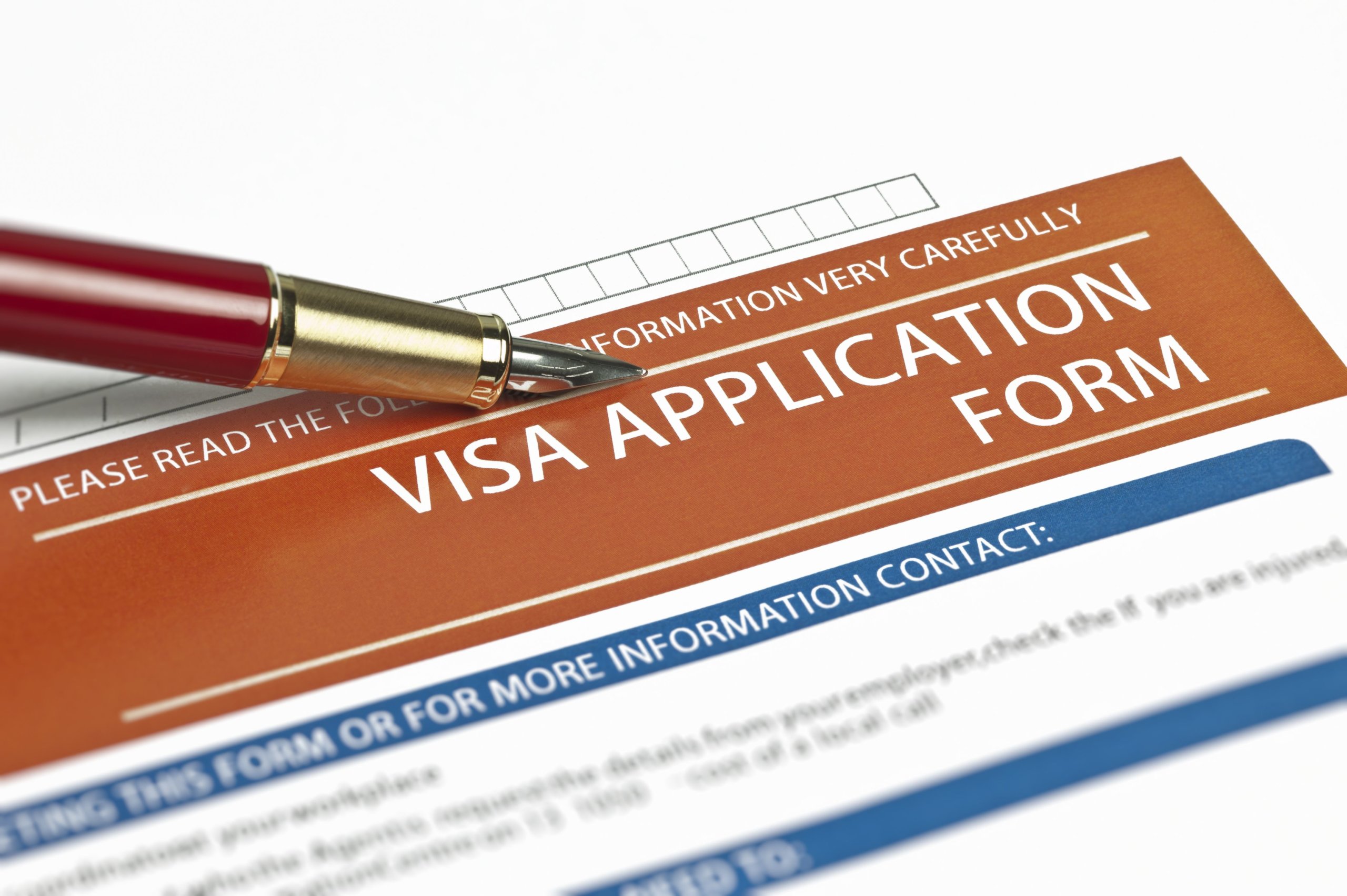People from all over the world and with many different talents and skills are looking to come to the United States to work. However, understanding the different types of work visas available and what is required to qualify for each one of them is no easy task. Here is an overview of the most common work visas, read on to see which one may better adapt to your situation.
 Temporary Work Visas for Non-Immigrants
Temporary Work Visas for Non-Immigrants
If you qualify to work in the United States temporarily, it is up to your employer to file a petition o your behalf. Spouses and children of workers that come to this country with these temporary vias are eligible to apply for a dependent nonimmigrant visa at their closest U. S. Consulate using form I-539.
Temporary workers are eligible to receive one of several different visa options. Among them, the H-1B1 visa applies for example, to Free Trade Agreement workers with a specialty occupation from Chile or Singapore. H-1C visas are for registered nurses working in a health professional shortage area as determined by the Department of Labor. H-2A visas go to seasonal agricultural workers, and O-1 visas are granted to individuals who possess extraordinary abilities in areas such as science, the arts, education, business, or sports, as well as motion picture or TV production.
If the area of temporary employment that you seek is not among the above-mentioned visas, talk to an immigration lawyer that can help you get the visa you qualify for since the list of temporary worker visas is quite extensive.
Visas for Permanent Workers
According to the USCIS website, if you have the right combination of work experience, skills, and education, you may be able to get a visa that will allow you to live permanently in the United States. Your immigration lawyer will be able to tell you if any of these visas require a labor certification and the tax implications you may be facing.
First Preference
Similar to temporary O-1 visas as far as who is eligible to receive them, these EB-1 visas are permanent and fall under the first preference for permanent immigration.
Second Preference
EB-2 visas are for individuals who hold advanced degrees as well as for other individuals with exceptional skills in the arts, science, or business.
Third Preference
These EB-3 visas are reserved for skilled and professional workers. Once again, consult with your immigration lawyer to see if you qualify.
Fourth Preference
EB-4 visas are granted to “special immigrants” such as certain religious workers, employees of U. S. foreign service posts, retired employees of international organizations, and other particular cases of immigrants that your lawyer can advise you of.
Fifth Preference
This final category of permanent workers receives the EB-5 visa which is granted to investors who are willing to invest $1.8 million or $900,000 if their investment is made in a targeted employment area. The point is to create a new commercial enterprise that will give full-time employment to at least ten individuals who are American citizens.
Don’t Jeopardize Your Work Visa by Acting Without Legal Representation
One thing is certain: you do not want to jeopardize your chances of obtaining the work visa you desire or for which you qualify. Taking one wrong step may disqualify you from the immigration process and eliminate your opportunity to realize your dream.
Robinson Geraldo, P.C. recommends that you consult with an experienced, knowledgeable immigration lawyer that can guide you through the maze that is the United States immigration system. Make an appointment today and start working on getting the visa you need.







